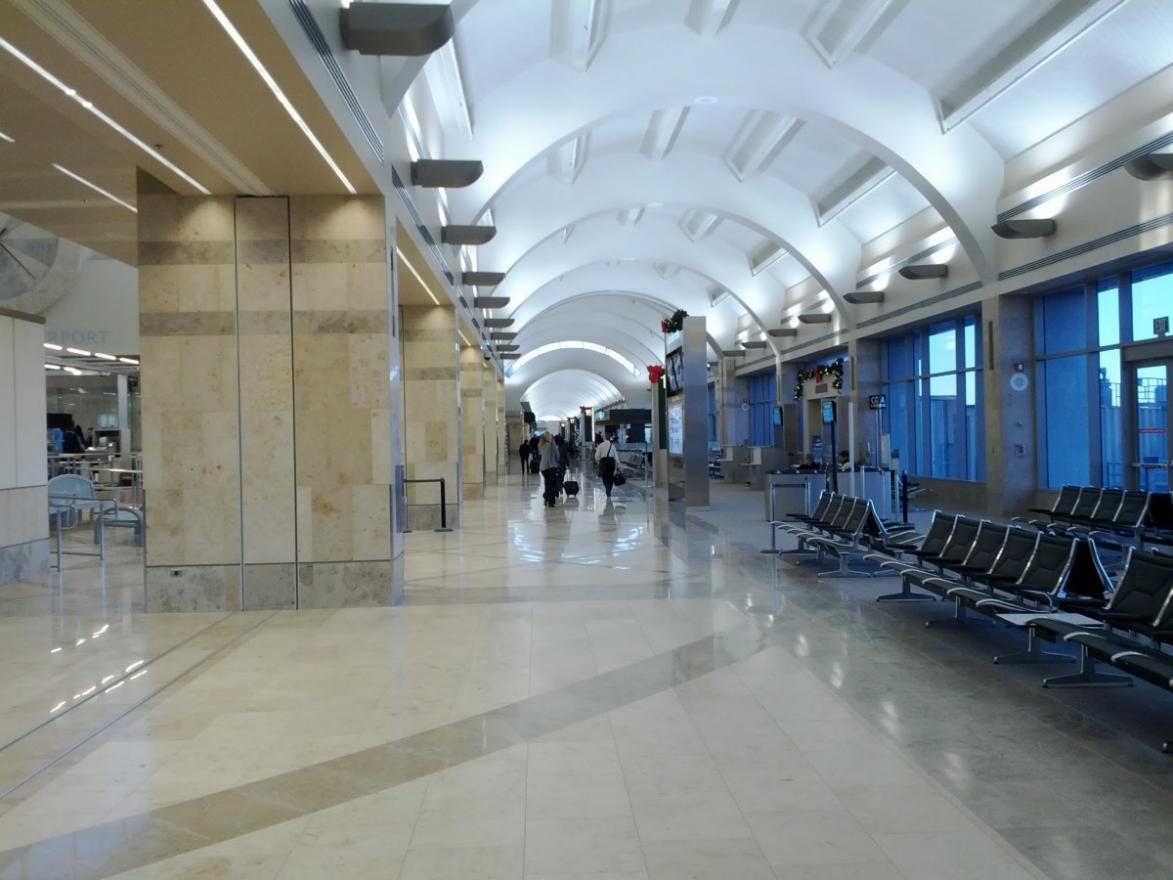Troubleshooting Common Issues with Command-Line Terminal
The command-line terminal is a powerful tool that allows users to interact with their computers and perform various tasks. However, users may encounter various issues while using the command-line terminal, ranging from connectivity problems to command execution errors and output issues.

This article provides a comprehensive guide to troubleshooting common issues with the command-line terminal, helping users identify and resolve these issues effectively.
Common Issues And Solutions
A. Connectivity Problems
- Unable to connect to the terminal:
- Check the network connection and ensure it is stable.
- Verify that the correct IP address and port are being used.
- Disable firewalls or proxy settings that may be blocking the connection.
- Connection dropped unexpectedly:
- Check for network stability and ensure there are no intermittent connection issues.
- Adjust connection timeout settings to allow for longer connection durations.
- Try using a different terminal emulator to rule out emulator-specific issues.
B. Command Execution Errors
- Command not found:
- Ensure that the command is spelled correctly.
- Check the command's path in the environment variables to ensure it is accessible.
- Permission denied:
- Verify user permissions for the command being executed.
- Use sudo or elevate privileges as needed to grant sufficient permissions.
- Syntax errors:
- Review the command syntax and arguments to ensure they are correct.
- Use command help or documentation to understand the proper syntax.
C. Output Issues
- Garbled or incorrect output:
- Check character encoding settings to ensure they are compatible with the output.
- Verify terminal emulator settings and ensure they are configured correctly.
- Update the terminal emulator software to the latest version.
- Incomplete or truncated output:
- Adjust the terminal window size to accommodate the full output.
- Use command piping or redirection to capture and display the complete output.
- Check for system resource limitations that may be affecting output display.
D. Terminal Configuration Problems
- Unable to change terminal settings:
- Check user permissions for terminal configuration.
- Edit configuration files with appropriate privileges.
- Incorrect terminal size or appearance:
- Adjust the terminal window size to the desired dimensions.
- Customize terminal settings using configuration files to change appearance.
Advanced Troubleshooting
For more complex issues, additional troubleshooting steps may be necessary.
- Using logs and error messages:
- Locate and review system logs for relevant entries related to the issue.
- Interpret error messages and search for solutions online.
- Debugging scripts and commands:
- Use debugging tools like gdb or strace to step through scripts and commands.
- Set breakpoints and examine variable values to identify the source of the issue.
- Consulting documentation and support:
- Refer to official documentation for specific commands and tools to understand their usage.
- Seek assistance from online forums, communities, or technical support for specialized issues.
Troubleshooting common issues with the command-line terminal requires a systematic approach and an understanding of the underlying causes of the problems. By following the steps outlined in this article, users can effectively identify and resolve these issues, ensuring a smooth and productive experience when working with the command-line terminal.

It is important to continuously learn and explore resources for troubleshooting, as new issues may arise due to changes in the operating system, software updates, or specific applications.
YesNo

Leave a Reply